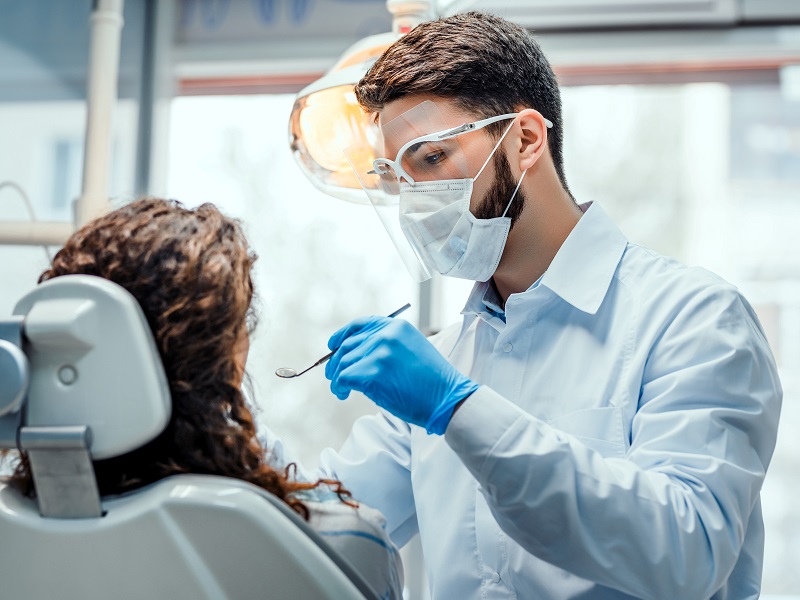Dental implant technology has made significant strides in recent years, offering patients more effective, durable, and less invasive solutions for tooth replacement. These advancements are not only improving patient outcomes but also expanding the possibilities for individuals who previously were not candidates for implants due to various health or anatomical reasons. This exploration of the latest breakthroughs highlights the transformative impact of innovation in this field. One of the most notable advancements is the development of 3D printing technology for dental implants. 3D printing allows for the creation of highly customized implants tailored to the exact specifications of a patient’s oral structure. This precision reduces the margin of error in the placement of implants, leading to better integration with the jawbone and a more natural look and feel. The ability to produce these customized implants on-demand also reduces wait times and lowers costs, making dental implants more accessible to a broader range of patients.

In addition to 3D printing, biomaterials have seen remarkable innovation. Traditional dental implants are typically made of titanium, a material known for its strength and biocompatibility. However, recent breakthroughs have introduced zirconia as an alternative. Zirconia is a ceramic material that is not only strong and durable but also offers a more aesthetically pleasing option for patients, as it closely resembles the natural color of teeth. Moreover, zirconia is entirely metal-free, making it an excellent choice for patients with metal allergies or sensitivities. Another promising area of research in biomaterials is the use of bioactive coatings on implants. These coatings can enhance osseointegration—the process by which the implant fuses with the bone—by promoting bone growth around the implant, leading to faster healing times and increased stability. Another significant breakthrough is the integration of artificial intelligence AI and computer-guided surgery into the dental implant process. AI-driven software can analyze a patient’s dental scans to plan the optimal placement of implants, taking into account factors such as bone density, nerve locations, and sinus cavities.
This technology minimizes the risk of complications during surgery and increases the success rate of implants. Computer-guided surgery also allows for minimally invasive procedures, reducing patient discomfort and recovery time. The dentist approach is particularly beneficial for complex cases, where precision is crucial for a successful outcome. Additionally, advances in regenerative medicine are opening new avenues for dental implants. Researchers are exploring the use of stem cells to grow bone tissue in patients who have suffered bone loss—a common challenge for implant candidates. This technique could potentially eliminate the need for bone grafting procedures, which are often required to build up enough bone to support an implant. By regenerating the patient’s bone tissue, the success rate of implants is expected to increase significantly. The field of dental implant technology continues to evolve, with ongoing research and development leading to even more sophisticated and patient-friendly solutions. The convergence of 3D printing, biomaterials, AI, and regenerative medicine is not only improving the success and aesthetics of dental implants but also making them more accessible to a wider population.



